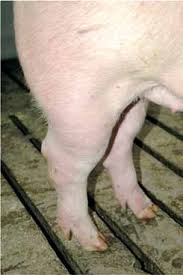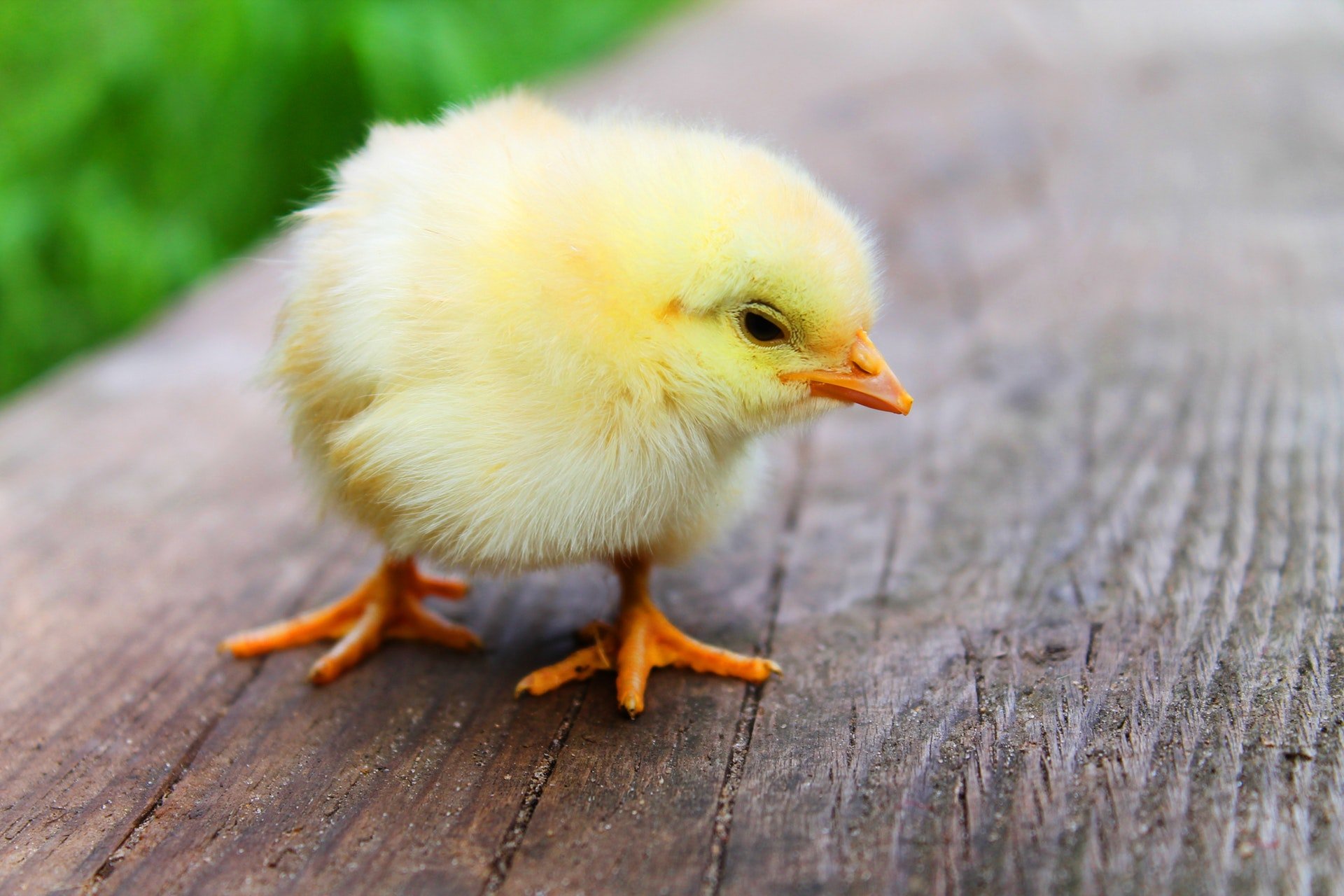In 2011 the USDA released a new recommendation for cooking pork. The USDA now recommends that like beef, veal, and lamb, whole cuts of pork should be cooked to 145 degrees Fahrenheit, then allowed to sit for three minutes. Under Secretary Elisabeth Hagen was quoted with saying:
“With a single temperature for all whole cuts of meat and uniform 3 minute stand time, we believe it will be much easier for consumers to remember and result in safer food preparation. Now there will only be 3 numbers to remember: 145 for whole meats, 160 for ground meats, and 165 for all poultry.”
In its previous recommendation, the USDA recommended cooking pork to 160 degrees. The USDA said its Food Safety and Inspection Service found that cooking pork to a temperature of 145 degrees and letting it rest for three minutes is just as safe as cooking it to a higher temperature.
The change means that a cut of pork may still look ping when it reaches 145 degrees and that, says the USDA, is OK.
This means that you no longer have to cook pork chops until they’re dry and leathery. The old 160-degree guidelines had been in place for decades, and were implemented to limit the risk of trichinosis. However Under Secretary for Food Safety Elisabeth Hagen also says that salmonella is “really the only pathogen that we worry about the most in pork, so we had to be fully confident that salmonella would be killed.”
The USDA continues to recommend cooking ground red meat to 160 degrees, because the surface bacteria can get spread around during the grinding process. Chicken should still be cooked to 165 degrees to beat more widespread salmonella prevalent in poultry.
Patrick Quakenbush, chef of Zed451 says:
“I think it is good that they finally realized that trichinosis has not been around since the 50’s and that you don’t need to cook pork till it is done…I love my medium rare pork chops!”
Paul Kahan, chef at Blackbird:
I’m ecstatic. I do a lot of work with The American Pork Council, and I know this is something they’ve been working on for a long time. Frankly, I never cook pork to 160 degrees, that’s just hammering it. If you cook it to 138 and let it coast to 145, that’s pretty close to where you need to be.
“Trichinosis is an antiquated disease, and we’ve been cooking pork to medium for a long time now,” Says Chef Naomi Pomeroy, of Portland, Oregon’s Beast. Like Pomeroy, other chefs argue that medium-rare pork is more succulent, tender, and flavorful than it’s well-done counterpart. And Collectively, these chefs are attempting to steer the gigantic steamship of American cuisine toward embracing it, too.
It comes as no suprise that raw and rare beef, lamb, venison, and fish have long been synonymous with upscale dining. In part, that’s because cooking meat to a lower internal temperature speaks to a well-sourced, safe-to-eat, and often more expensive product. It can also drastically impact the texture and flavor, helping the meat retain a tender, juicy consistency that high heat drives away. This is especially true of lean meats like pork.
The biggest misconception about raw pork isn’t necessarily that it’s dangerous, beacuase, well, it can be. But exactly how dangerous it is, and why, is another matter entirely. Considering that the word “trichinosis” has been drilled into us since our childhoods, you might be surprised to learn that it’s a virtually nonexistent risk. Tri. chinosis is a disease caused by roundworms of the Trichinella genus. It is horrible and repulsive, if not usually fatal; this is a worm we’re talking about after all. But it is also incredibly uncommon in this country. The Centers for Disease Control and Prevention found only 84 confirmed cases in the five inclusive years between 2008 ad 2012 – none fatal- and, interestingly, oly 22 of those could be traced to pork. Wile Game seems to be much more affected by trichinosis than pork, so you may want to think twice before digging into a bear-meat tartare.
It’s cliche to say, but you are significantly more likey to be killed by a lightening strike than afflicted by even a nonfatal round of trichinosis, at least in the United States
“Yeah, you don’t really have to worry about trichina anymore, but the other bacteria are still there,”
says Marianne Gravely of the USDA’s Meat and Poultry Hotline.
The USDA governs pork producers that are selling to consumers; restaurants, on the other hand, are subject to the regulations of local health departments. For home cooks, the USDA is extremely form on its recommendations: Heat all pork products to a minimum 145 degrees F, and allow them to rest there for at least three minutes. That said, Gravely did note that there are methods that can kill bacteria without meeting those numbers; when cooked with sous vide, for example, pork sits at a lower temperature for a longer period of time, which can be just as effective at eliminating food-borne illnesses.
So take this new knowledge and take your pork to another level by no longer over-cooking. Sit down with the family, enjoy the flavor, and have another helping.
If you liked this article please share it on your favorite social media channels.
About Author
Joshua
Josh grew up with a passion for animals and technology. After years of self-learning, he finally enrolled in college and graduated with a BSIT in 2010. After working in multiple IT roles, he moved to Northern Arizona and started White Mountains Livestock Company. Utilizing the knowledge he had gained as a child and his passion for animals he steadily increased his herds. In 2020 while looking for a program to manage the company’s swine breeding program he came across Ranch Manager. After many conversations the company acquired the software later that same year. Since then, he has focused on improving the software using new technologies to help people manage their own herds with the newest technologies and features.











